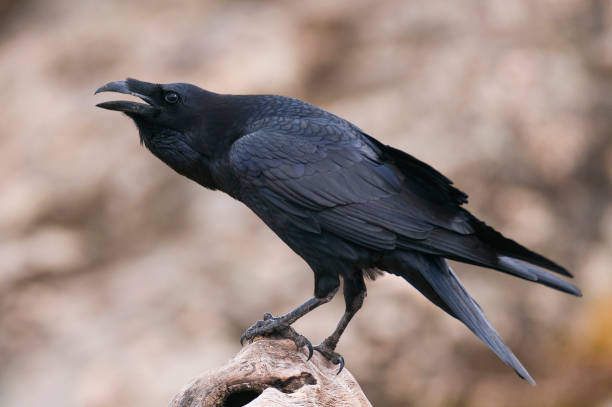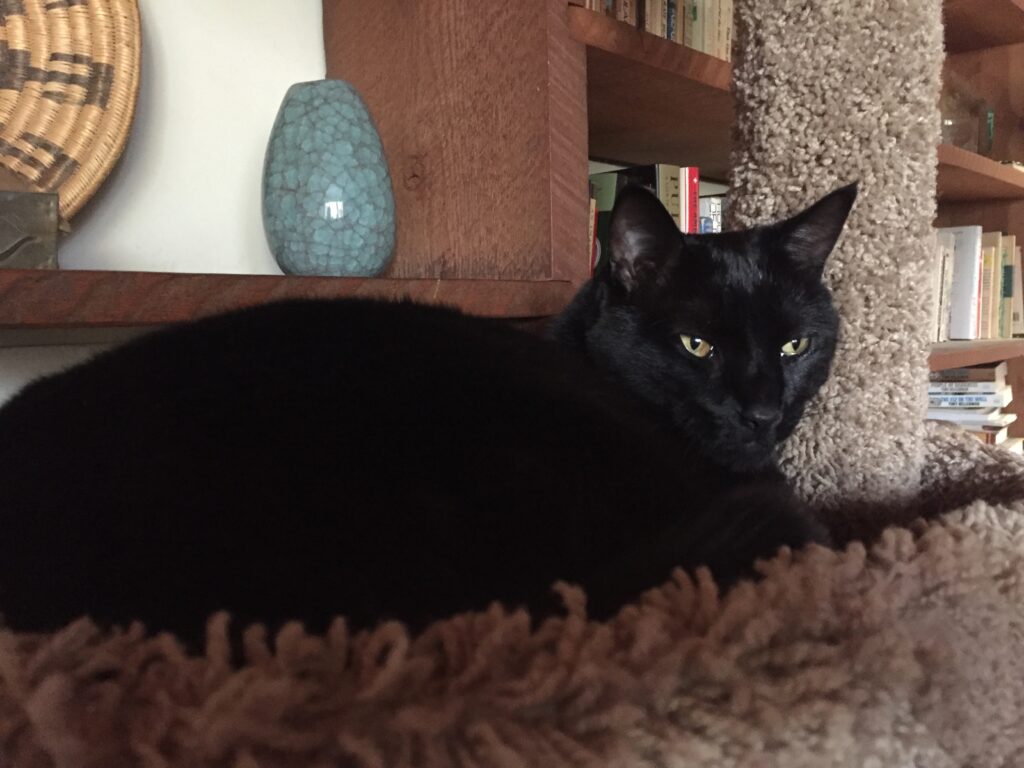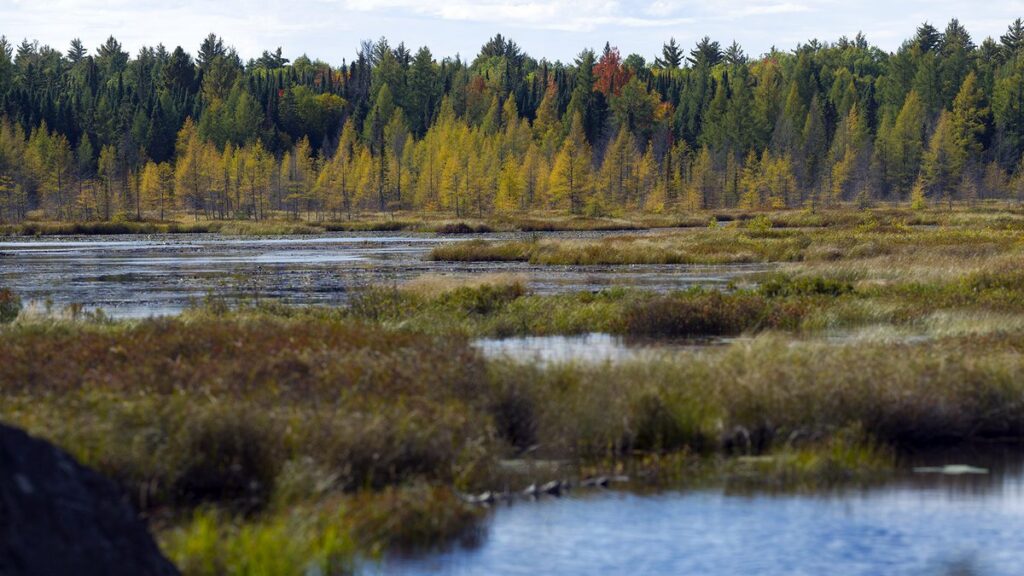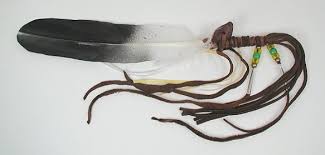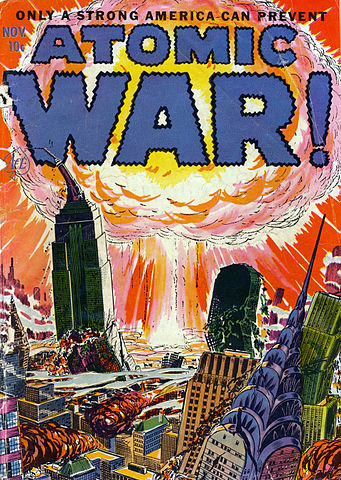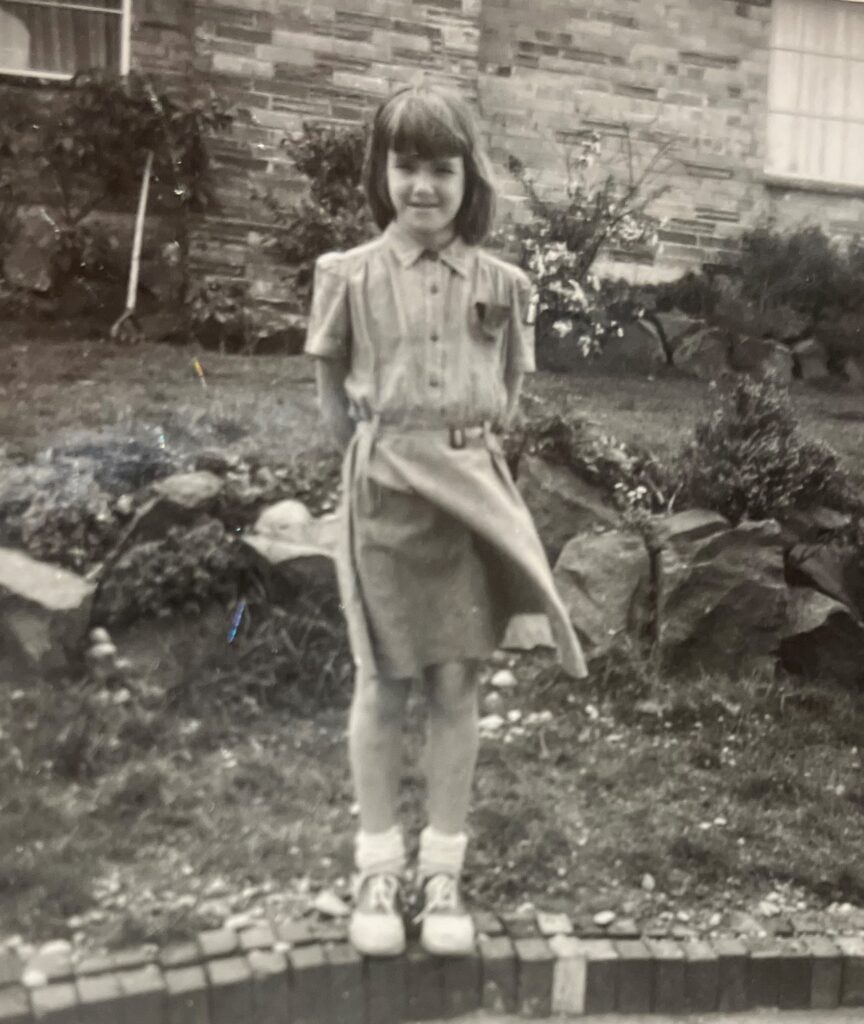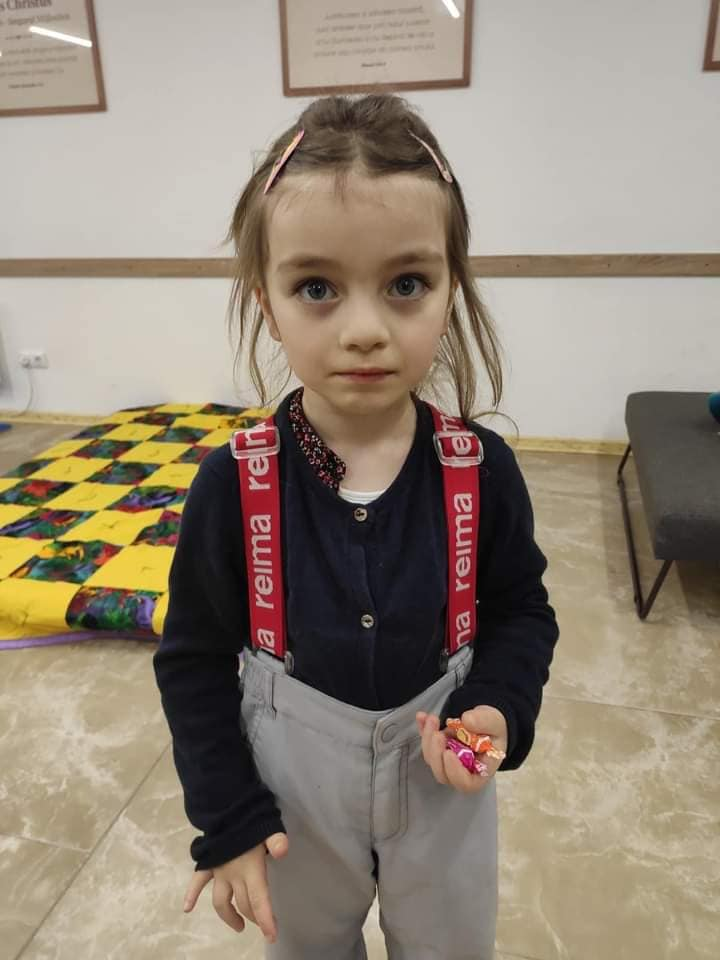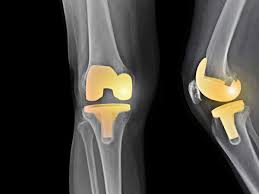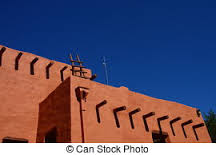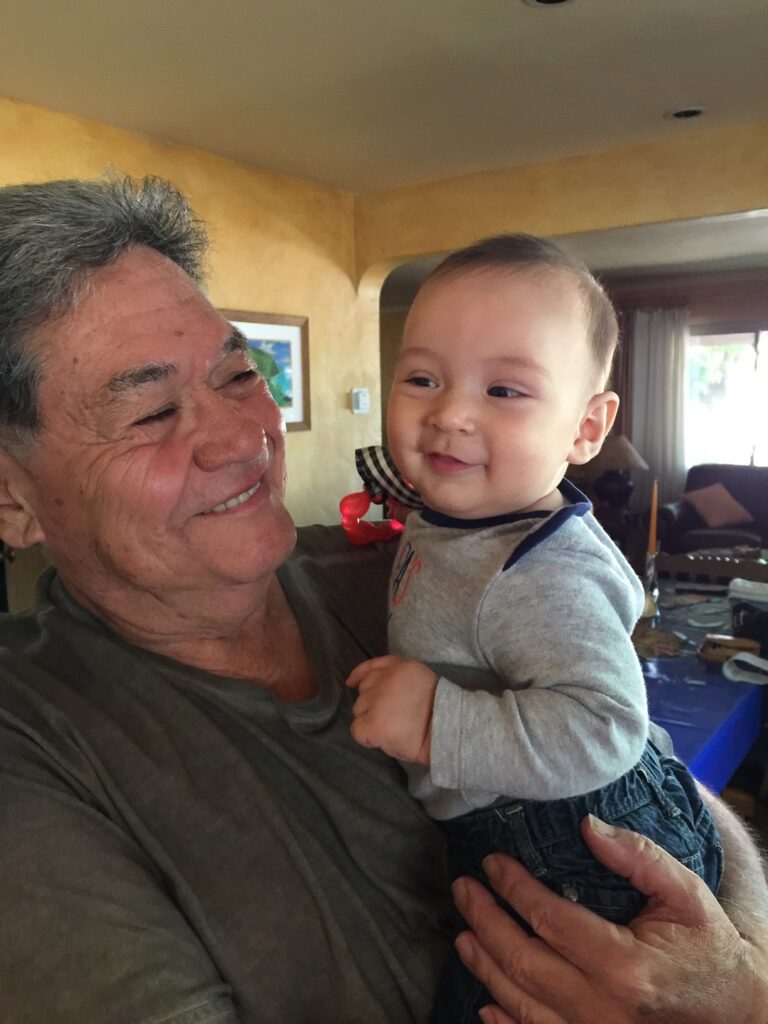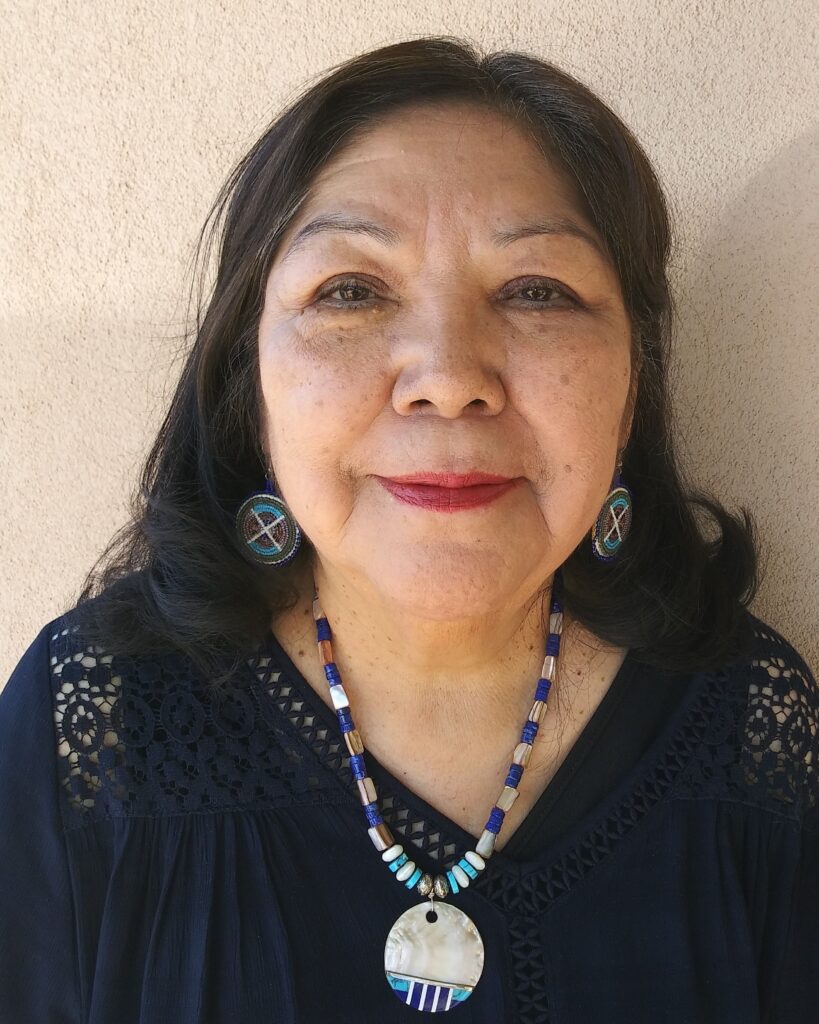And Poof!….It’s Gone
On February 22 of this year the email program on my desk top simply went on strike… or retired … or died. It refused to send or receive, or to let me into the dozens of folders where I store emails – both personal and professional. I receive about 75 emails a day and the frightening thing is that usually 30-40 of them are relevant and need to be read and/or responded to. I also daily dig into the folders to remind myself of recent correspondence with a client, to retrieve an attachment I need, or to enjoy a memorable message from a grandson. I was eager to get the problem fixed. My always cheerful computer guy came in a few days and installed himself in my desk chair. He emerged an hour later.
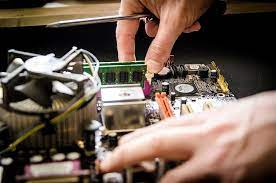
“Is it fixed?” I am eager to settle in and catch up.
He hesitates, “No, not yet.” He is packing up to go. “I need to think about it.”
“Oh? Think about it?” I have never considered computer repair to be in the “thoughtful” fields, like philosophy. But what do I know? Clearly nothing.
“Yeah, just need to think about it.” He flashes a big smile and leaves.
In a week or so he was back. “Did you think about it?” I asked hopefully.
“Uh-huh,” and he smiled another big one.
He took his place in front of the thought-provoking machine. I explained that actually the biggest problem was that I needed to be able to access those old folders. “That’s what I really care about. I can always install another email program to send and receive,” and I left him.
(more…) Read More

